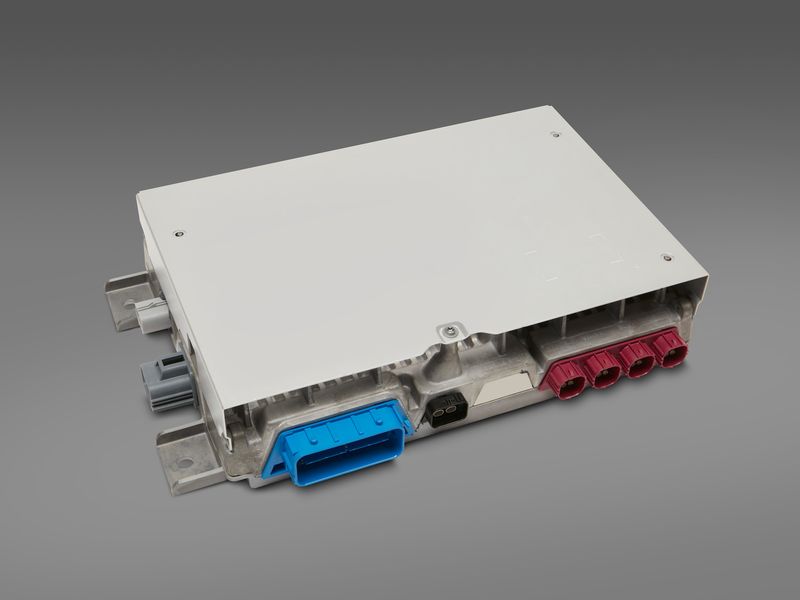
Despite its compact size, the compute architecture that will enable General Motors‘ Ultra Cruise driver-assist technology will have the processing power of several hundred personal computers, allowing the system to make quick decisions on city streets, the automaker said Thursday.
“It will take qualities that have distinguished GM’s advanced driver assist systems since 2017 to the next level with door-to-door hands-free driving,” Ken Morris, GM vice president of electric, autonomous and fuel cell vehicle programs, said in a statement.
The compute, which is about the size of two stacked laptops, was developed with Qualcomm Technologies. GM will be the first company to use Qualcomm’s Snapdragon Ride Platform for advanced driver-assistance technology, the automaker said.
Ultra Cruise will be available in 2023, debuting on the ultraluxury Cadillac Celestiq electric sedan. The technology will help Ultra Cruise enable hands-free driving in 95 percent of driving scenarios and will cover 2 million miles of roads at launch.
Ultra Cruise covers a broader scope than Super Cruise, GM’s existing driver-assist technology. Super Cruise is designed for highway driving and covers 200,000 miles of compatible roads across the U.S. and Canada. Super Cruise includes trailering capability, automatic lane change and lane change on-demand features. GM plans to launch Super Cruise on 22 models across its lineup by next year.
Super Cruise has a few different modules that run independently. Under Ultra Cruise, GM and Qualcomm housed the modules in one central compute, which helps to create a more seamless physical footprint within the vehicle. And additional memory bandwidth enables faster decision-making, Jason Ditman, chief engineer for Ultra Cruise, told Automotive News.
“It really is required for the expanded domain. We’re getting into the surface streets. We have to make decisions on where to take the car in a lot more traffic, with a lot more vulnerable road users — pedestrians, bicyclists, motorcyclists,” he said. “We’re going to be in environments where there’s a lot more congestion, and we need the compute power to be able to make the decisions to robustly maneuver the car.”
Ultra Cruise’s compute system will also have the ability to improve over time through Snapdragon Ride’s interfaces and over-the-air updates via GM’s Ultifi software platform and its Vehicle Intelligence Platform electrical architecture.